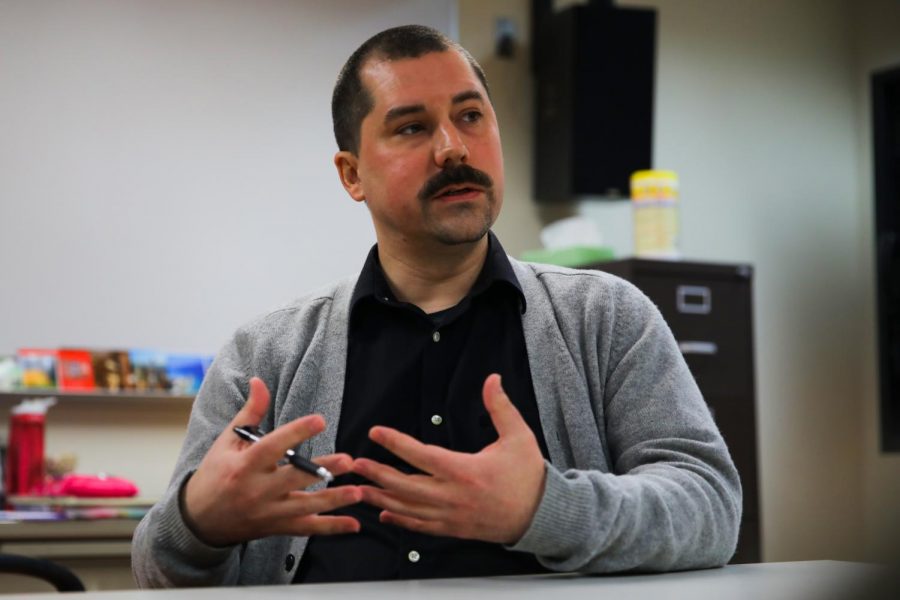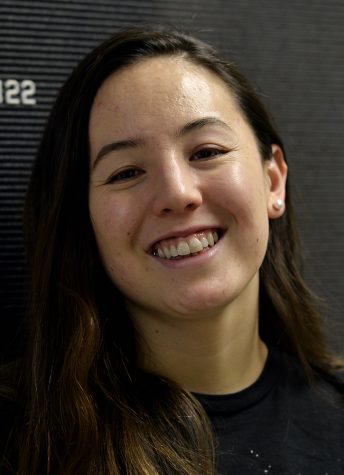Anime teaches culture, history
Class includes Japanese films, popular characters to depict nation’s history
BENJAMIN MICHAELIS | THE DAILY EVERGREEN
Japanese Cultural Instructor Michael Arnold discusses some of the history of Japanese anime and how this art medium can help to teach Japanese culture Tuesday in Thompson Hall.
January 10, 2019
For many casual viewers, the thought of anime may first bring to mind images of vibrant characters like the bubbly and carefree Sailor Moon or pull at nostalgic heartstrings with the thought of childhood favorites like Totoro or Chihiro from Studio Ghibli productions.
But anime is more than just pure entertainment, said WSU instructor Michael Arnold. It can be used as an entryway into studying culture in Japan and worldwide.
This semester, Arnold is teaching a Transnational Anime class, as well as a Modern Japanese Culture class thanks to a $30,000 grant WSU received from the Japan Foundation, Los Angeles.
“We were actually looking for somebody that did pop culture and also films, so he was a perfect fit,” said Kayo Niimi, a Japanese instructor for the School of Languages, Cultures and Race.
The class encompasses a variety of anime from the mid-20th century, such as the 1958 film
Panda and the Magic Serpent, for instance, tells a Chinese story, was produced in Japan and was made to be appealing for international audiences.
“What makes [anime] special is it makes people think really carefully and critically about the idea of culture itself,” Arnold said. “If you look at animation in Japan and the way it travels around the globe, it makes it difficult to look at Japanese culture in reductive or essentialist ways.”
Arnold’s class is the first time the school is teaching a Japanese cultural class since December 2016 when Kota Inoue, a Japanese language and cultural studies professor, died in a car crash.
WSU has yet to hire another full-time Japanese professor, Niimi said, but the grant is allowing students, at least for this semester, a special opportunity.
“I think a lot of students are interested in taking Japanese language courses because of their interest in anime and also pop culture,” she said.
The intense positive attention the anime class received surprised him, Arnold said, and the WSU class is the largest anime class he has ever taught.
“Several of the students said they watched anime with their parents. When I was their age that kind of thing didn’t seem to happen,” he said. “It’s fascinating to see that we’ve come full circle, and that there are generations of anime fans who have kids who are anime fans, and who are adults. That kind of opened my eyes.”
Since Inoue’s death in 2016, both the department and Japanese majors have felt the pain of not having any cultural classes available, Niimi said. Currently she and one other professor are the only permanent Japanese instructors.
“Those cultural courses that Arnold is teaching this semester are filled,” she said. “I hope that will show that there is a demand, and in the near future a permanent professor will be hired.”










